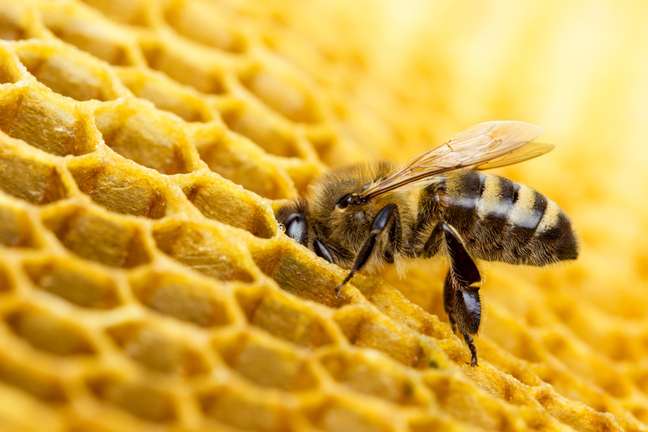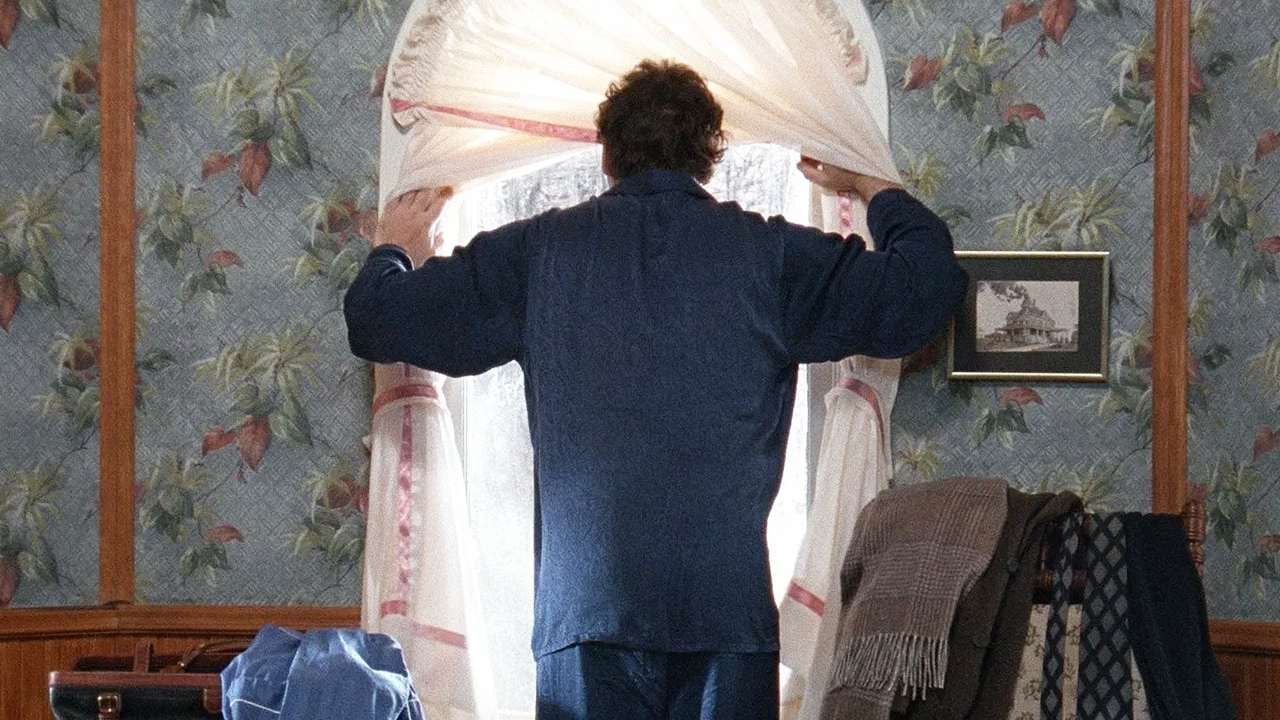They have never been so popular in the kitchen; see how these insects can improve the quality of what we eat and drink
“What hum-zum is this?”. At risk of extinction, bees have never been higher in food circles, spearheading initiatives in startups, such as agrobeeand big brands like nescafe.

Why MBee, specializing in native bee honeys comes from Apis mellifera – present in more than 450 kitchens – raises the flag of honey as an ingredient and underlines the importance of its consumption for the conservation of these insects. “Brazil is one of the largest exporters of honey in the world, but consumption in the country is still very low, because people tend to see honey as a medicine. Gastronomic potential and for the existence of over 300 species of bees”, says Márcia and Eugênio Basile, partner of MBee.
“The more people consume honey, the more beekeepers and beekeepers (native stingless bee keepers) will emerge, thus preserving many endangered species.”
A practical example – and that the duo is proud to tell – is the native emerine bee, whose honey was already difficult to find, perhaps a supplier of restaurants. With a jar in hand, Eugênio brought this honey to Ivan Ralston for the chef to try, just out of curiosity. “I want to use it on Tuju!” Replied the cook.
When he learned that it would be impossible, since it was a bee that almost no one else kept, stubborn like that, Ivan challenged Eugênio: “Well, then make this production valid, and I will buy everything I need”. Today MBee has four emerine breeders, who supply around 75 kilos of this honey per year.
With very low sweetness and high acidity, with notes of lemon and resin, this super complex honey is suitable for enhancing savory dishes. But not in the kitchen of Raphael Vieira, from 31 Restaurant, which with this “liquid gold” has created an ice cream, as MBee defines the honeys of native bees. “He is a sample of orders from the à la carte menu”, comments the chef.
To celebrate Bee Day, Raphael has created a menu with meles from head to tail – there are 12 stages in total. The first dinner took place yesterday, with seats sold out, but there will be a repeat on May 27, 28 and 29 (R $ 200; reservations via Instagram from @ 31restaurant).
The mix of fresh herbs is served with a beurre blanc con bora bee honey, which is acidic and complements the butter-based sauce. already on guaraipo honey, a bee that loves cold and humidity, enhances green beans with toasted green leaves. The corn is prepared on the grill and sprinkled with duck honeythe police bee, which in addition to producing a citrusy and complex honey, also protects other species from attacks by predators.
Among the highlights are the rice with “garum” pollen – the chef used koji and native bee pollen in the reproduction of this thousand-year-old sauce, which took six months to prepare – and black honey, which he “cooked” with the amurana for 120 days in the oven at 60 degrees, “raising the restaurant’s electricity bill”, jokes the chef. This black honey enhances a piece of the Lactarius mushroom, collected in the virgin forests of Parelheiros.
tiuba honeys, Yes, uruçu-mouth of lace, emerinfurthermore Bracatinga molasses, a viscous and almost bitter liquid, produced every two years in southern Brazil, are also used in the Menu da Abelha. “The idea is to give visibility to native bees and raise awareness of their risk of extinction”, explains the chef.
Pollination of bees
In addition to the various meles, propolis and pollen, the gastronomic contribution of bees goes beyond what the less attentive eyes can see. “I usually say that the most important activity of bees is not the production of honey, but the fruits they generate by pollination,” says Eugênio. Several plants need an agent to pollinate their flowers: about 70% of agricultural crops depend, to some extent, on bee pollination.
With an eye on this, Agrobee has put rural producers in contact with bee keepers, who rent boxes of hives. Apis mellifera – the most famous bee, with a sting and black and yellow streaks – so as to pollinate the crop in question during flowering.
Startup partner, Nescafé adopts the so-called assisted pollination system in coffee plantations across the country – over 100 hectares, distributed between Bahia, Chapada Diamantina and Cerrado Mineiro. The beans grown are destined for the new Origens do Brasil Colmeia line, of special roasted and ground coffee, which arrives on the shelves along with a jar of coffee flower honey, which the bees produce while they are assigned to the coffee plantations. With the presence of bees, in addition to increased productivity, the coffee plants produce larger and better quality beans.
But, look, only crops that do not use pesticides (or that use low toxic compounds) can receive hives, as bees are extremely sensitive. “Having crops pollinated by bees can be an indication of ecological and healthy management”, underlines the specialist Ensei Neto, author of the blog Um Café para Dividir, published by taste.
The controversial laboratory honey
Brazilian beekeepers and beekeepers were in turmoil with a video recently gone viral on the Internet about “honey” produced by Israeli bee-i, which “looks like honey, smells like honey, tastes like honey, but it doesn’t come from a bee”. The liquid would be produced in the laboratory, from the nectar of the flowers and from the proteins extracted from the bee’s stomach, with the aim of “saving the existence of these insects”.
In response, honey producers like MBee, Ebora And tupyguaas well as representatives of bee conservation bodies, such as SOS Abelhas Sem Ferrão, they recorded another video, “to combat disinformation about bees and their products”.
“This video starts from the erroneous premise that producing honey exploits bees, when what has saved many species is the reproductive activity itself”, warns Andrea Barrichello, of to believe, from Parelheiros. “What kills the bees is the conventional agricultural system based on monoculture and the abusive use of pesticides,” adds biologist and pollination doctor Juliana Feres, from Heborá.
“The simplest and most effective solution to save bees is to recover degraded forest areas (to provide food and biodiversity to bees) and produce our food without the use of pesticides,” says Bárbara Tupiniquim, from Tupyguá.
Source: Terra
Benjamin Smith is a fashion journalist and author at Gossipify, known for his coverage of the latest fashion trends and industry insights. He writes about clothing, shoes, accessories, and runway shows, providing in-depth analysis and unique perspectives. He’s respected for his ability to spot emerging designers and trends, and for providing practical fashion advice to readers.







